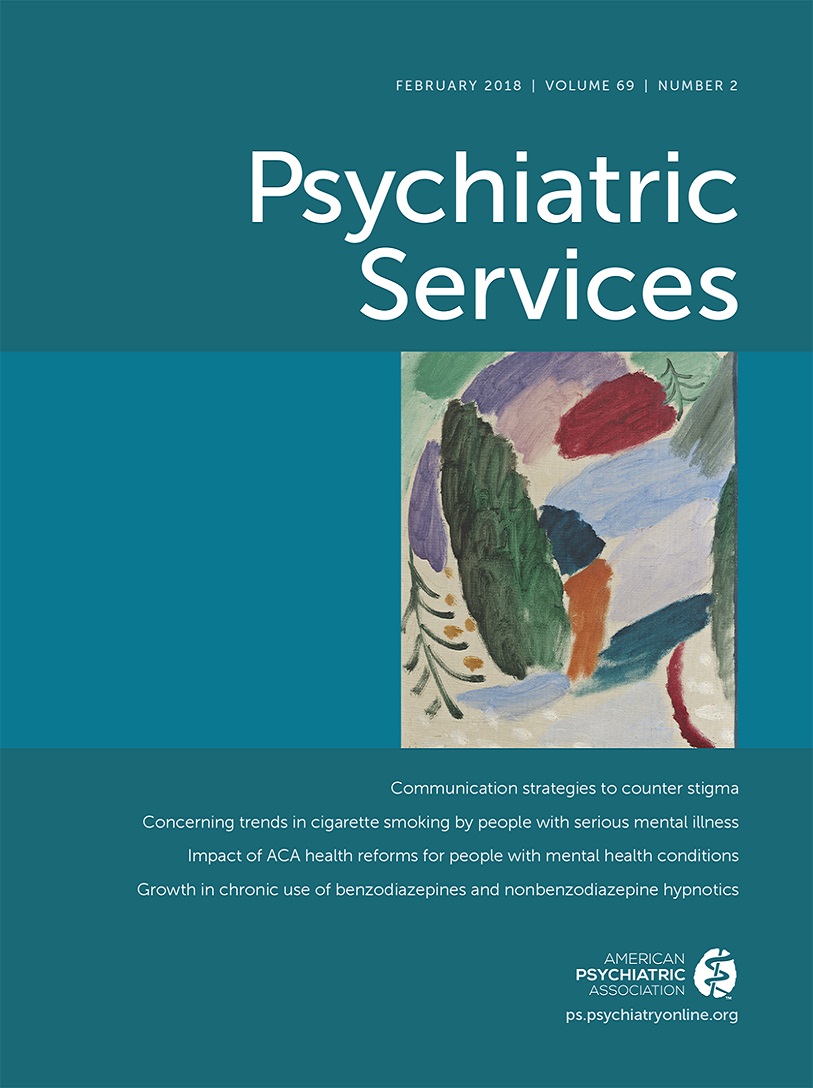Mental Health Spending and Intensity of Service Use Among Individuals With Diagnoses of Eating Disorders Following Federal Parity
Abstract
Objective:
The Mental Health Parity and Addiction Equity Act (MHPAEA) was intended to eliminate differences in insurance coverage for mental health and substance use disorder services and medical-surgical care. No studies have examined mental health service use after federal parity implementation among individuals with diagnoses of eating disorders, for whom financial access to care has often been limited. This study examined whether MHPAEA implementation was associated with changes in use of mental health services and spending in this population.
Methods:
Using Truven Health MarketScan data from 2007 to 2012, this study examined trends in mental health spending and intensity of use of specific mental health services (inpatient days, total outpatient visits, psychotherapy visits, and medication management visits) among individuals ages 13–64 with a diagnosis of an eating disorder (N=27,594).
Results:
MHPAEA implementation was associated with a small increase in total mental health spending ($1,271.92; p<.001) and no change in out-of-pocket spending ($112.99; p=.234) in the first year after enforcement of the parity law. The law’s implementation was associated with an increased number of outpatient mental health visits among users, corresponding to an additional 5.8 visits on average during the first year (p<.001). This overall increase was driven by an increase in psychotherapy use of 2.9 additional visits annually among users (p<.001).
Conclusions:
MHPAEA implementation was associated with increased intensity of outpatient mental health service use among individuals with diagnoses of eating disorders but no increase in out-of-pocket expenditures, suggesting improvements in financial protection.



